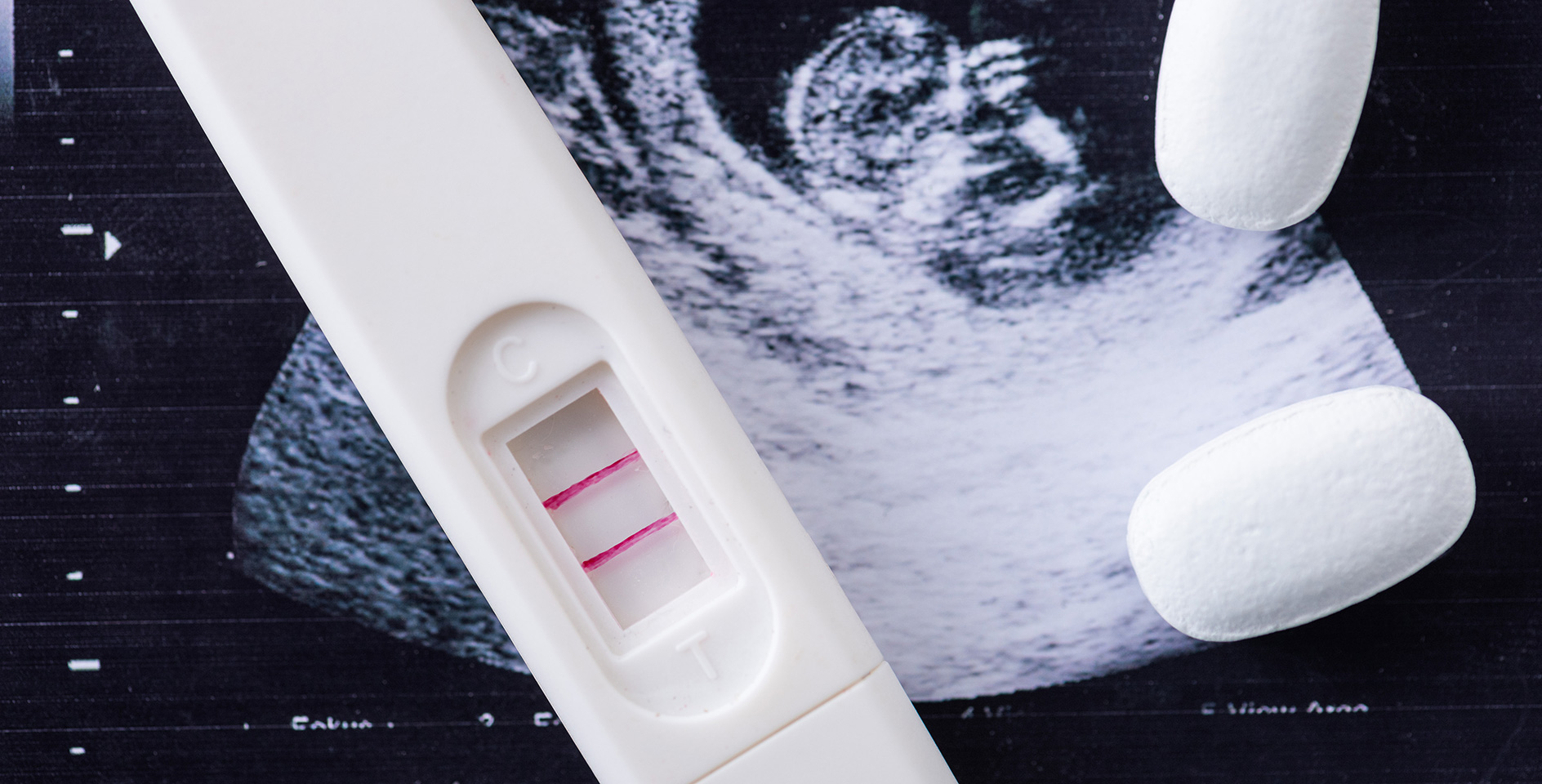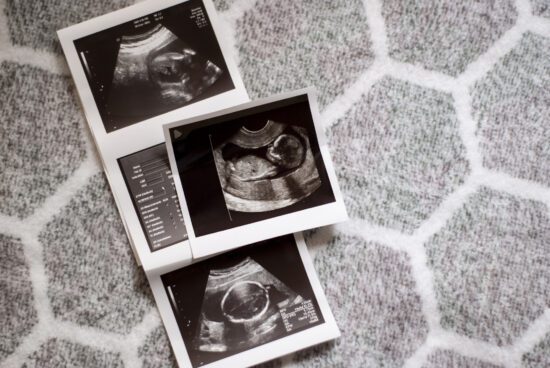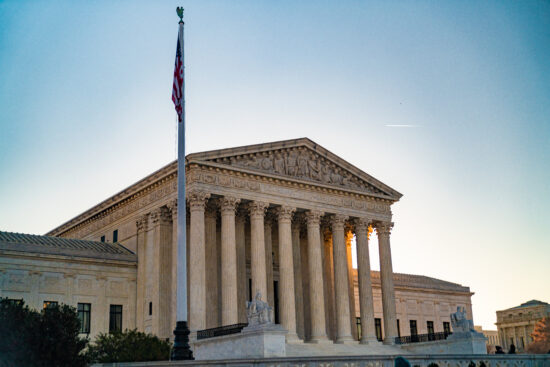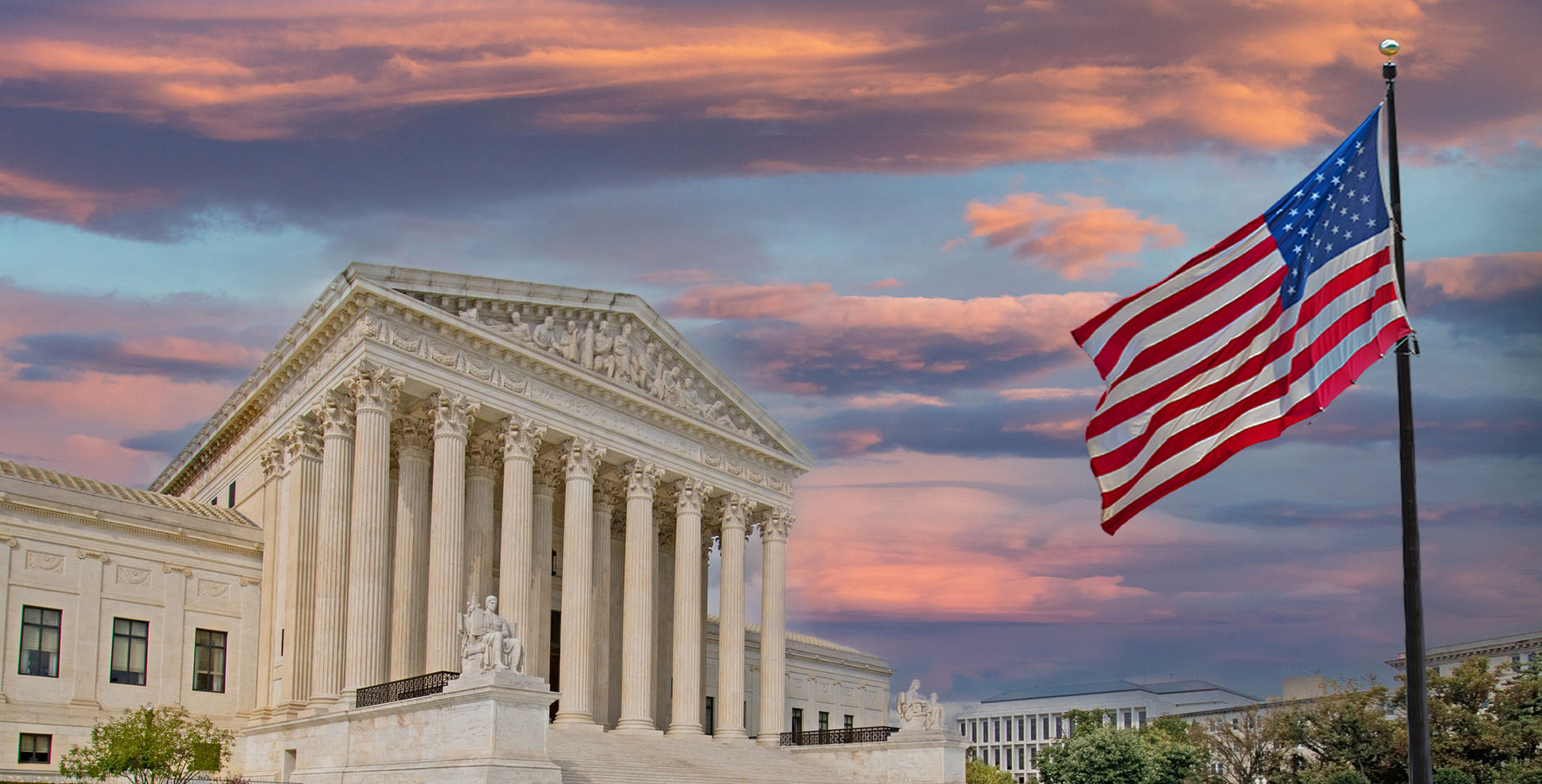At-home abortions obtained via the abortion pill are the new battleground in the abortion debate in America. As more states pass laws to limit or ban surgical abortions, more women are seeking medication abortions through a pill prescribed by a health provider. Currently, these pills are available only through in-person visits to a clinic or hospital, but this could soon change.
Before President Trump left office in January, the Supreme Court ordered that women must visit a medical provider in person to obtain an abortion pill during the COVID-19 pandemic. Last summer, a federal judge suspended the rule requiring in-person visits, making mifepristone available through telehealth. Demand for the drug has grown exponentially during the pandemic.
Now, both proponents and opponents of wider access to the drug are watching President Biden’s administration to see how it will handle the issue as it comes before a federal appeals court. The administration has an April 7 deadline to tell the court if it intends to continue enforcing the Trump administration rules. While Biden has not given any indication on how he might handle the situation, his HHS secretary, Xavier Becerra, has petitioned the FDA to allow telemedicine abortions during the pandemic.
Both abortion rights and pro-life advocates agree that this is the battleground of the future of abortion. As more states pass bills limiting or banning surgical abortions, women increasingly seek medication abortions. Several states this year have bills pending that would limit or ban the abortion pill. However, limiting access is not so simple in the age of telehealth. A patient in a state that does not dispense the abortion pill via telemedicine could have a virtual appointment with a doctor in another state who prescribes the pill.
What is the abortion pill?
In 2000, the FDA approved the drug mifepristone (formerly known as RU-486) to be marketed for nonsurgical abortion. When taken, it blocks the hormone progesterone, causing the lining of the uterus to thin and preventing the embryo from staying implanted and growing. In most medication abortions, mifepristone is followed about two days later by a drug called misoprostol, which causes the uterus to contract and expel the fetus and placenta.
Medication abortion is provided up to 10 weeks’ gestation. In 2017, 30% of abortion clinics provided only medication abortions. As overall abortion numbers have gone down since 2001, the number of medication abortions continues to steadily rise.
These medication abortions pose significant medical risks for women. A review of nearly 7,000 abortions performed in Australia in 2009 and 2010 found that 3.3% of patients who used mifepristone in the first trimester required emergency hospital treatment, in contrast to 2.2% of patients who underwent surgical abortions. Women receiving medication abortions were also admitted to hospitals at a rate of 5.7% following the abortion, as compared with 0.4% for patients undergoing surgical abortion.
The opportunities for pro-life advocates
The continuing efforts to overturn the decision to legalize abortion through Roe v. Wade are vital. Since the abortion pill can only be prescribed up to 10 weeks’ gestation, surgical abortions will still be a part of the abortion picture. But as women find themselves facing an unplanned pregnancy, many now look to a pill, not a surgery, as the solution. For some, the pressure from a partner or family member to end a pregnancy via the pill removes the opportunity to seek in-person help from a provider or a pregnancy resource center.
Sometimes, women will contact a pregnancy resource center or abortion pill reversal hotline after they have taken mifepristone. These women may have changed their minds or, in some cases, were forced to take the drug and want to reverse its effects. The reversal process involves a large influx of progesterone into the woman’s system, counteracting the progesterone-blocking effects of mifepristone. The reversal must begin quickly, preferably within 24 hours of taking mifepristone.
One young woman came to the Palmetto Women’s Center in South Carolina after taking the abortion pill at the persuasion of her boyfriend, who insisted they were not old enough or financially stable enough to have a child. At the center, she received the abortion pill reversal and is now raising her son. This kind of care is increasingly important, as is education surrounding mifepristone and the long-term emotion and psychological effects of any abortion, whether surgical or chemical. Fighting the battle for every life means supporting women and families facing unexpected pregnancies by providing long-term support and care.
As we seek to advocate for the unborn through state and federal legislation, we must also pray for eyes to see and hearts to love the hurting and vulnerable in our own communities. We must enact policies and participate in programs that provide support, healthcare, childcare, and family leave in order to remove as many barriers to choosing life as possible. And we must have compassion and mercy on those in our midst who have perhaps silently suffered through the heartbreak of abortion, knowing we serve a Savior who is making all things new.







